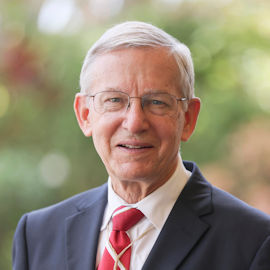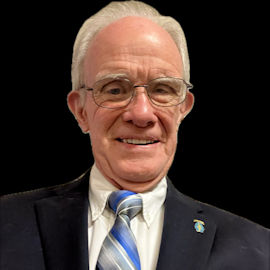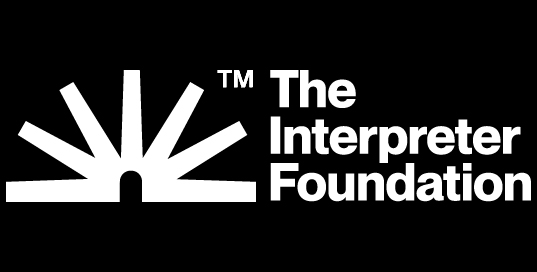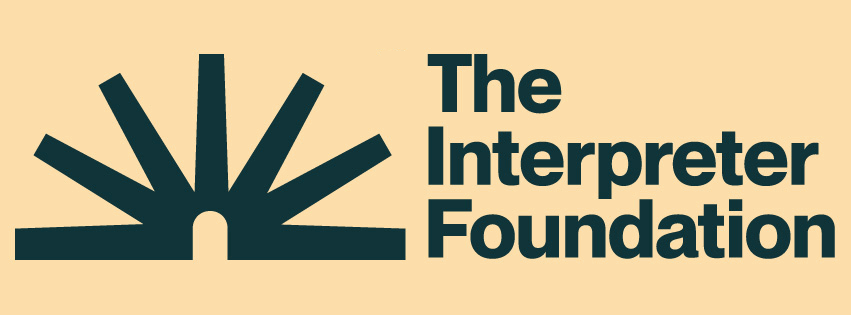Presented at
2025 Abraham and His Family Conference
Saturday, May 3 and Saturday, May 10, 2025
Sponsored by The Interpreter Foundation, Brigham Young University Religious Education,
Scripture Central, and FAIR Latter-day Saints
In this presentation, we propose to add new insights into Joseph Smith’s inspired understanding of the sequence and of several of the details in the temple ordinance that Latter-day Saints refer to as the “endowment.” We propose to demonstrate that Joseph drew insights in structuring the performance of the endowment from several identifiable sources, mainly:
- from the sequence of numbers 1 to 23, along with his accompanying Explanations that he added to the stages he identified in the line-drawing known as Facsimile 2, of an ancient Egyptian hypocephalus that had come into his hands in 1835, which he first published in the Times & Seasons, in Nauvoo, Illinois, on March 15, 1842; and
- from details in the pictograms found in that ancient artifact that he examined carefully and could well have interpreted, especially knowing that such round disks were commonly placed under the heads of mummies to help their spirits find their way into the presence of God in the afterlife; and
- from doctrines and teachings relevant to the afterlife and temple practices that he had encountered or brought forth, from 1830 to 1842, in the Bible, the Book of Mormon, the Book of Moses, the Doctrine and Covenants, and also in his work on the Book of Abraham which was soon included in the Pearl of Great Price.
In May, 1842, Joseph revealed the endowment to certain leaders of The Church of Jesus Christ of Latter-day Saints. This temple ordinance was performed precisely in Nauvoo before it was carried west by the leaders of the Church to the Salt Lake Valley. Joseph apparently gave the words and instructions for these temple ordinances with a strict requirement that they be taken seriously, kept sacred, and followed exactly, as he had similarly required in connection with other revelations.
Finding several connections between the hypocephalus and the temple endowment recently took the two of us quite by surprise, even though we have spent substantial amounts of time over the years reading the Book of Abraham in the light of ancient texts, while at the same time also studying the commencement of the temple endowment by Joseph Smith in Nauvoo. As we hope to show, a main key here that connects this sacred Egyptian artifact to the temple endowment ceremony is to be found in Joseph’s deliberate placement of numbers 1-7 and 22-23 into the printing plate for that Facsimile 2. As far as we know, no one has ever put these pieces together in this way, showing that the sequence established by those numbers corresponds closely with the main stages in the performance of the endowment ceremony still today.

John W. Welch
John W. Welch is the Robert K. Thomas Professor of Law at Brigham Young University and was for 27 years editor-in-chief of BYU Studies. Welch practiced law in Los Angeles with O’Melveny & Myers, at which time he founded the Foundation for Ancient Research and Mormon Studies (FARMS). From 1988-1991, Welch served as one of the editors for Macmillan’s Encyclopedia of Mormonism. He also has served as the General Editor of the Collected Works of Hugh Nibley for 25 years. He organized the bicentennial conference for Joseph Smith at the Library of Congress in 2005 and has served on the executive committee of the Biblical Law Section of the Society of Biblical Literature. He is a co-founder of Scripture Central and serves as the Chair of its Board of Directors.
Welch is among the most prominent pupils of Hugh Nibley, having made several important discoveries and advances regarding biblical studies, LDS scholarship, history, culture, and thought. His publications cover a wide range of topics, including Roman and Jewish laws in the trial of Jesus, the use of biblical laws in colonial America, chiasmus in antiquity, and commentaries on the Sermon on the Mount and King Benjamin’s Speech.

Michael D. Rhodes
Michael D. Rhodes (born 1946) is a professor emeritus of ancient scripture at Brigham Young University. Rhodes is an Egyptologist who has published a translation of some of the extant Joseph Smith papyri. Rhodes received a BA in Classical Greek from BYU in 1970. He also received a BS in electrical engineering at the Air Force Institute of Technology in 1982 and an MS in physics from the University of New Mexico in 1989. He has also studied Egyptology at John Hopkins University, the Free University of Berlin, and the University of Oxford, as well as archaeology at the University of Utah. Rhodes has published many articles related to the Book of Abraham through the Foundation for Ancient Research and Mormon Studies (FARMS), including some in books edited by John Gee. At BYU, Professor Rhodes taught classes on the Old Testament, Pearl of Great Price, New Testament and Book of Mormon. He was active in several academic organizations including the American Research Center in Egypt, the American Astronomical Society, as well as the Tau Beta Pi Engineering Honor Society, and the Eta Kappa Nu Electrical Engineering Honor Society. He retired from BYU in 2011.


